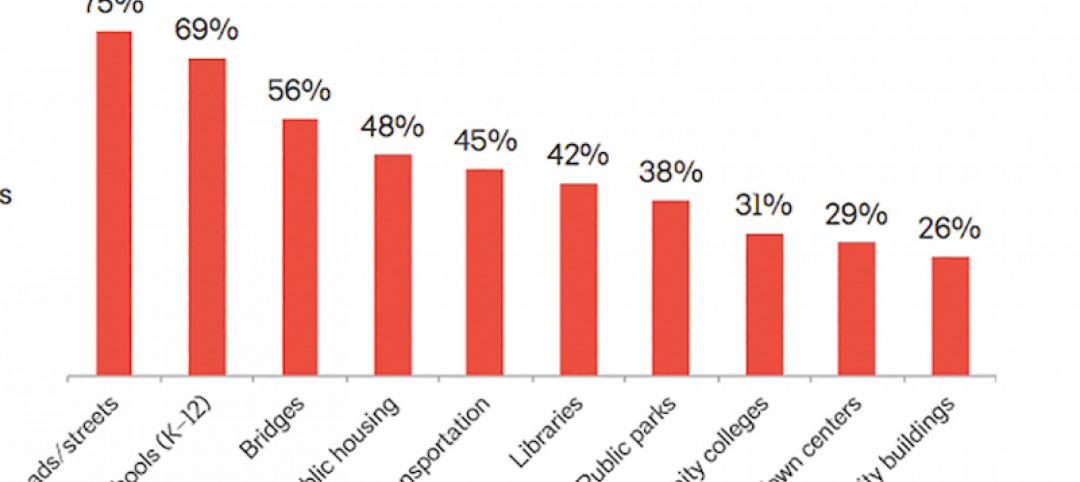A new report from Navigant Research analyzes the global market opportunity for smart electric meters, with a focus on advanced metering infrastructure (AMI) communications technologies, including forecasts for smart electric meter installed bases, as well as shipments and associated revenue, through 2025.
The report, Market Data: Smart Meters, examines the global market opportunity for smart electric meters, with a focus on AMI communications technologies. The study provides market forecasts through 2025 for smart electric meter installed bases, as well as shipments and the associated revenue. Forecasts are segmented by region, country, utility type, and technology, including cellular, radio frequency (RF) mesh, point-to-multipoint, power line communication (PLC), and other (e.g., fiber and Wi-Fi). The report also examines the key global market drivers and barriers related to smart metering.
More than a decade after the earliest models of communicating electric meters were deployed, the market for AMI remains strong and growing. Smart meters are becoming more prevalent as projects in emerging markets begin to gain traction, while more developed markets remain active.
“The market for smart electric meters is anticipated to remain healthy over the 2016-2025 forecast period, with global revenue attributed to smart meter shipments expected to grow from approximately $8.8 billion in 2016 to over $10.7 billion in 2025,” says Michael Kelly, research associate with Navigant Research in a press release. “Further growth will be supported by utility- and government-sponsored deployments, along with a growing market for replacement and upgrade units.”
According to the report, following China’s massive smart meter rollout, activity is increasing across Asia Pacific, while Latin America and the Middle East & Africa are also experiencing increased activity after a slow entry into the smart meter market. New deployments continue among later adopters in the United States.
Related Stories
Industry Research | Jan 12, 2017
Are public buildings considered infrastructure?
A survey, conducted in October by The Harris Poll on behalf of AIA, asked 2,108 U.S. adults if they considered public buildings part of their community’s infrastructure.
Market Data | Jan 9, 2017
Trump market impact prompts surge in optimism for U.S. engineering firm leaders
The boost in firm leader optimism extends across almost the entire engineering marketplace.
Market Data | Jan 5, 2017
Nonresidential spending thrives in strong November spending report
Many construction firms have reported that they remain busy but have become concerned that work could dry up in certain markets in 2017 or 2018, says Anirban Basu, ABC Chief Economist.
Market Data | Dec 13, 2016
ABC predicts modest growth for 2017 nonresidential construction sector; warns of vulnerability for contractor
“The U.S. economy continues to expand amid a weak global economy and, despite risks to the construction industry, nonresidential spending should expand 3.5 percent in 2017,” says ABC Chief Economist Anirban Basu.
Market Data | Dec 2, 2016
Nonresidential construction spending gains momentum
Nonresidential spending is now 2.6 percent higher than at the same time one year ago.
Market Data | Nov 30, 2016
Marcum Commercial Construction Index reports industry outlook has shifted; more change expected
Overall nonresidential construction spending in September totaled $690.5 billion, down a slight 0.7 percent from a year earlier.
Industry Research | Nov 30, 2016
Multifamily millennials: Here is what millennial renters want in 2017
It’s all about technology and convenience when it comes to the things millennial renters value most in a multifamily facility.
Market Data | Nov 29, 2016
It’s not just traditional infrastructure that requires investment
A national survey finds strong support for essential community buildings.
Industry Research | Nov 28, 2016
Building America: The Merit Shop Scorecard
ABC releases state rankings on policies affecting construction industry.
Market Data | Nov 17, 2016
Architecture Billings Index rebounds after two down months
Decline in new design contracts suggests volatility in design activity to persist.
















